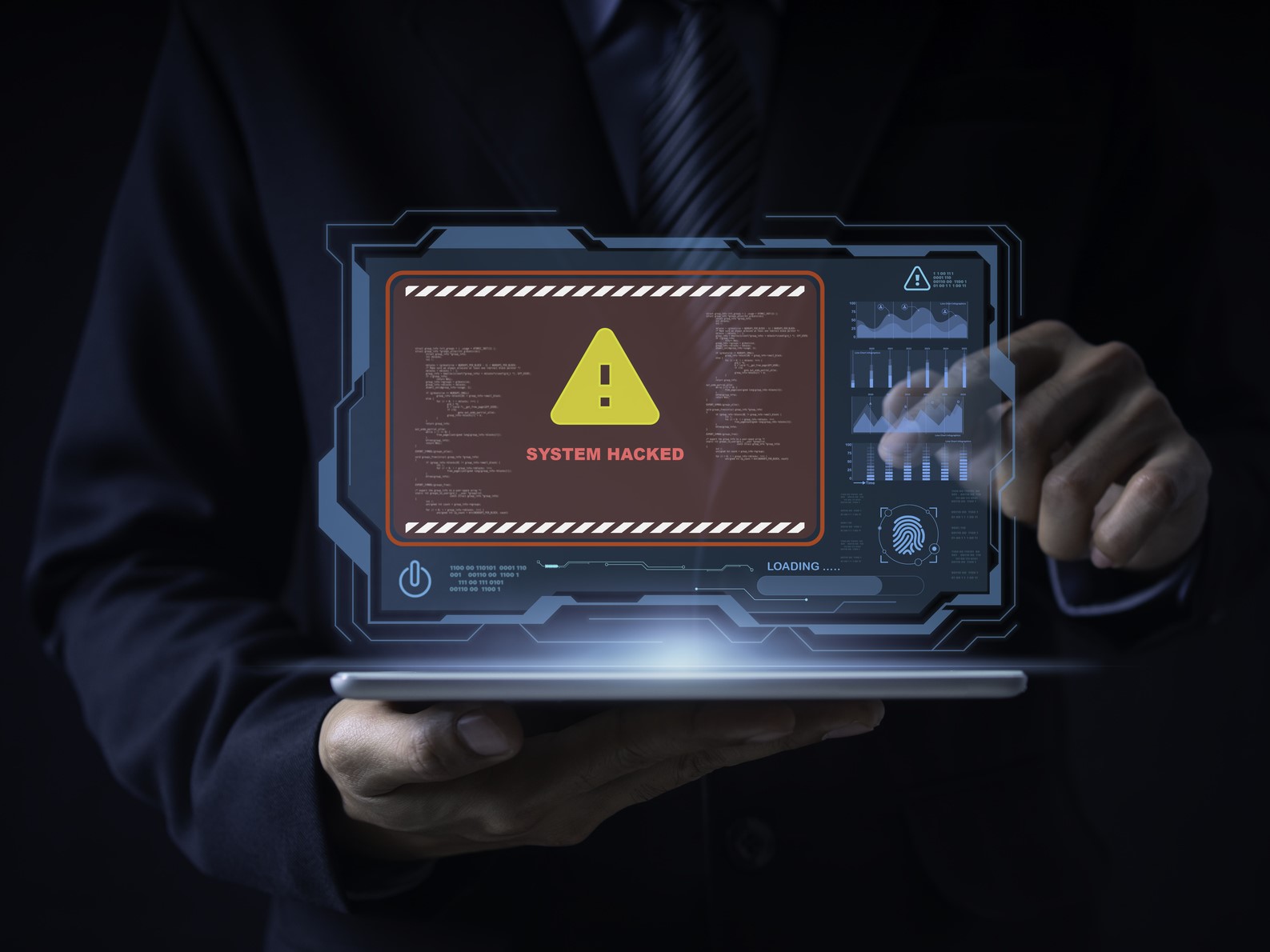Risk Insider: Joe Cellura
Made in America
Made in America: What does that mean once you get past the patriotic slogan? How does the insurance industry prepare for potential upswings in manufacturing on its own soil?
President Trump has been quite vocal about bringing manufacturing jobs back to the United States. U.S. manufacturing jobs declined from 17.3 million in 2000 to 12.3 million in 2015. Industry innovation and technology significantly reduced the workforce, but clearly, many jobs also moved overseas.
The Wall Street Journal’s recent analysis of S&P 500 company communications found that many companies are speaking with investors about the impact of President Trump’s priority to “increase U.S. manufacturing employment.”
Opening new plants is not as easy as purchasing an empty manufacturing plant, and hanging your sign on the door. There are a host of environmental concerns whether a company chooses to build new or to renovate an old plant.
CEOs are strategizing about this policy priority, and the insurance and risk management community must work alongside the C-suite as a critical part of the strategic process, assessing the new risk picture and preparing to manage these risks.
Preparing the Insurance Industry
A manufacturing workforce shift would require top-notch leadership and risk management focus. Insurance underwriters will be assessing the risk by looking at a company’s management leadership qualities and their ability to recruit and train quality employees.
Evaluating this changing risk picture should include a detailed look at exposures related to physical plants, the workers, the product and the bottom line. This requires a look across the full spectrum of risks.
For example, what are the liability issues that might arise from an untrained workforce? What are the construction risks involved in renovating old or building new manufacturing plants?
Consider the environmental exposures. Opening new plants is not as easy as purchasing an empty manufacturing plant, and hanging your sign on the door. There are a host of environmental concerns whether a company chooses to build new or to renovate an old plant.
Even with mothballing, which ensures that plants that have been out of use are still ready and safe to reopen, there is concern that old plants will not be up to safety and quality standards. There are an abundance of unused manufacturing plants all over the U.S. that are gathering dust. Companies are trying to unload, clean-up and reuse them. If old or new plants have any proximity to waterways and wetlands, executives need to think about the possibility of exposing those habitats to contaminants.
Changing Risk Assessments
For companies that have been out of the U.S. manufacturing world for some time, how will they manage these operations?
The insurance industry, along with manufacturers, will need to build a new model for this era of manufacturing risk. Standards must be set and manufacturers must meet them for underwriters to properly assess premiums. Precedent would be helpful, but too much time has passed since the 1950’s U.S. manufacturing zenith, when workers were not joined by robots on the assembly lines.
Manufacturing risk assessments changed when companies moved overseas because brokers and insurers could not physically go to the plants and assess risks on-site. With the possibility of companies moving back, the insurance industry has to be prepared to walk the floors and understand what they are seeing.
The insurance industry, like the manufacturers, will need to enhance its focus from foreign risk control and liability underwriting to the complex domestic landscape. This domestic operating theater will present a myriad of legal, environmental and management challenges. The opportunity lies in meeting those challenges.
As we anticipate change on the horizon, we must take a broad look at the risk picture and begin to lay a foundation for a smooth transition to more American production. The first building blocks need to be safety. Risk management planning will protect manufacturers and their shareholder value.










